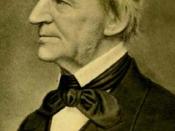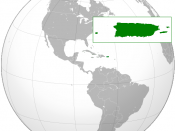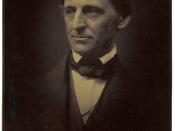The Bee as a Symbol of Nature's Innocence in Emerson's "The Humble-Bee" and Whittier's "Telling the Bees"
The English custom of telling the bees when there was a death in the family, and of covering the hives with black cloth to prevent them from leaving is what Whittier's poem, "Telling the Bees" refers to. This same custom, or at least the same attitude towards this creature no doubt inspired Emerson's poem, "The Humble-Bee." While Whittier's poem speaks of the custom itself, both poets treat the bee as a symbol of the innocence of the cycles of nature. If William Blake was correct in describing innocence as the opposite of experience, then the bumblebee is inherently innocent as a result of its lack of human experience.
We know that Emerson was experiencing a period of depression at the time that he composed "The Humble-Bee," and that his brother passed away in Puerto Rico three years before its composition.
Also, because he calls the bee an "animated torrid-zone" he apparently associated the bumblebee with tropical climates, such as the climate found in Puerto Rico, even though he was in New England (Line 6). Since we also know that Emerson viewed all things in nature as a means by which any person could behold the divine, and since the divine exists on a realm that is above earthly suffering, it is not surprising that he turns to an animal as a source of relief during a time of mourning and sadness.
Emerson was mourning the death of his brother as well as his own current state of depression. In the following lines of the poem he speaks of the bee as a means of escape.
Burly, dozing, humble-bee,
Where thou art is clime for me.
Let them sail for Porto...


